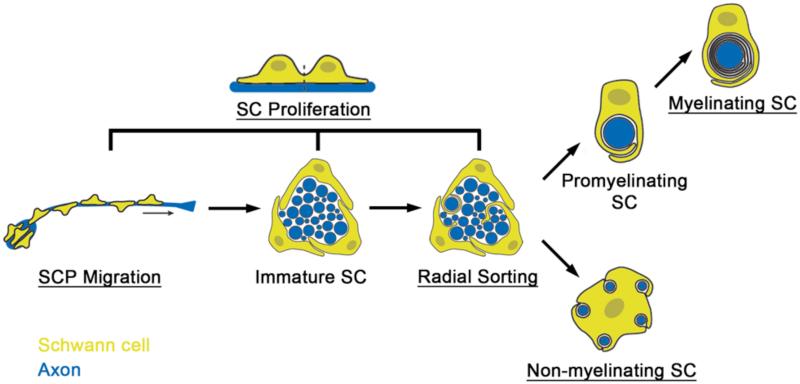Figure 1. Multiple roles for Nrg1/ErbB signaling during Schwann cell development.
Schwann cells (yellow) migrate along axons (blue) as Schwann cell precursors (SCP; Jessen and Mirsky, 2005). Once migration is complete, SCPs differentiate into immature Schwann cells (SC) and begin the process of radial sorting by inserting their processes into the axon bundle (Jessen and Mirsky, 2005; Webster et al., 1973). Immature Schwann cells can become either promyelinating and then myelinating Schwann cells, if they are associated with one axon, or non-myelinating Schwann cells, which associate with multiple small axons (Nave and Salzer, 2006). Schwann cell proliferation occurs in SCPs and in immature Schwann cells and during radial sorting; however, once immature Schwann cells differentiate, they exit the cell cycle (Jessen and Mirsky, 2005; Martin and Webster, 1973; Webster et al., 1973). Schwann cells divide parallel to the axons (Martin and Webster, 1973). Steps that require Nrg1/ErbB signaling are underlined and include Schwann cell migration, Schwann cell proliferation, radial sorting, myelination, and the formation of Remak bundles – non-myelinating Schwann cells ensheathing small caliber axons (Dong et al., 1995; Garratt et al., 2000a; Garratt et al., 2000b; Lyons et al., 2005; Michailov et al., 2004; Morrissey et al., 1995; Raphael et al., 2011; Riethmacher et al., 1997; Taveggia et al., 2005; Woldeyesus et al., 1999).

